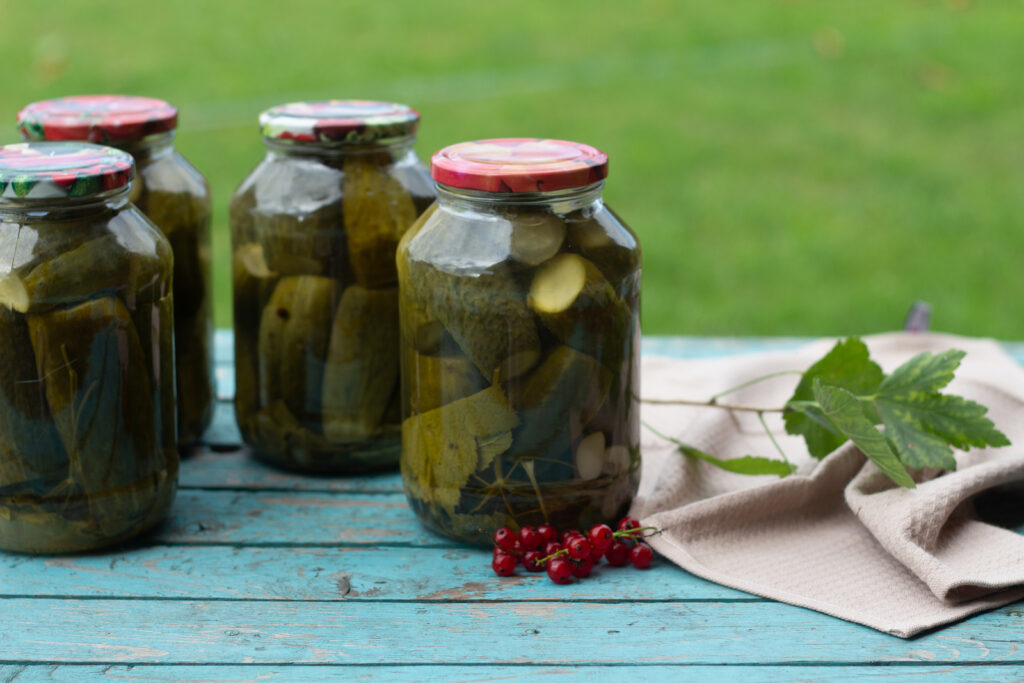
I was running around a restaurant kitchen as a food writer trying not to get in the way — which is hard to do, weaving between tight stations, hot oil, and cooks moving to and fro — when I saw it happen: An almost-entire chicken get thrown away in one swoop. And then another.
In the bustle of a working kitchen, it can be nearly impossible to stop and think about what you’ve been mechanically trained to do (at least, I can’t). But the more I started to work alongside entrepreneurs and restaurant owners as a food writer, the more I noticed just how much we throw out. The average American restaurant produces 11.4 million tons of food waste per year — and the EPA estimates that food comprises the majority of our landfills, constituting 22% of all waste. It’s an uncomfortable truth — one that makes me feel sick to my stomach — that food waste is socially acceptable, at least in the U.S.
I’ve seen firsthand how sustainable efforts help everyone in the kitchen, including a restaurant’s bottom line. And while I’m no chef, I’ve realized that there are little ways I can change my own habits in the kitchen and beyond to help reduce food waste. Here’s how:
Think before you throw out
The first step to reducing food waste is to be more conscious of the food we take and make. If I make something that calls for an egg white wash, I find a recipe to use the leftover yolk instead of throwing it out. The internet is awash with recipes designed to use up leftovers or too-big portions from supermarkets (like that massive bunch of scallions I just picked up).
A lot of this comes down to great meal planning, but don’t be afraid to mix things up with garnishes or other leftovers. Think beyond the basics — citrus peels can be used for zests, roasted chicken can be broken down for stock or chicken salad, and herbs can be frozen in olive oil until you’re ready to use them. And for the record, you can turn almost anything into a yummy dip or pesto with the help of a food processor or blender!
Hop aboard the fermentation station
I started experimenting with fermentation after watching Brad Leone’s hilarious YouTube series “It’s Alive.” Brad takes you deep into the Bon Appetit test kitchen to learn how to make pickles, kimchi, kombucha, and more. Fermentation, broadly speaking, is a chemical process by which an organism converts a source of energy, like a starch or sugar, into an acid or alcohol.
You can thank fermentation for your favorite beer, wine, yogurt, and cheese! It’s a great way to use up leftovers or turn “ugly” produce into something amazing — take this incredible homemade hot sauce for example. When my husband and I received what seemed like a million hot peppers from our farm share, we turned a box of “What do we do with this?” into a gift for spice-loving friends and family. If you have fruit or produce that’s getting too ripe, consider fermenting it or turning it into a jam or butter.
Reduce your restaurant waste with an app
Food waste apps like Food for All from Boston or goMkt from New York City help connect hungry customers with leftover meals from local restaurants. Both apps — and others like them from around the country — offer a list of restaurants and cafes with extra meals available. Then, you can choose what you want to order at a reduced price.
With apps like these, you can support local businesses, get a discount, and help reduce food waste — a win-win-win!
Donate what you don’t use
Even the best planning may still result in food waste. If you can, donate any food you don’t use. If it’s already cooked, call your local senior center or homeless shelter to see if they take donations. Most food banks prefer unopened canned or boxed items, even after they’ve expired, so don’t throw those away — donate them!
If you haven’t used any fresh ingredients already, it may be as simple as knocking on your neighbor’s door or letting your roommates know that the items are up for grabs. Simple changes to your habits can make a big difference when it comes to reducing food waste.
Originally published September 26, 2019